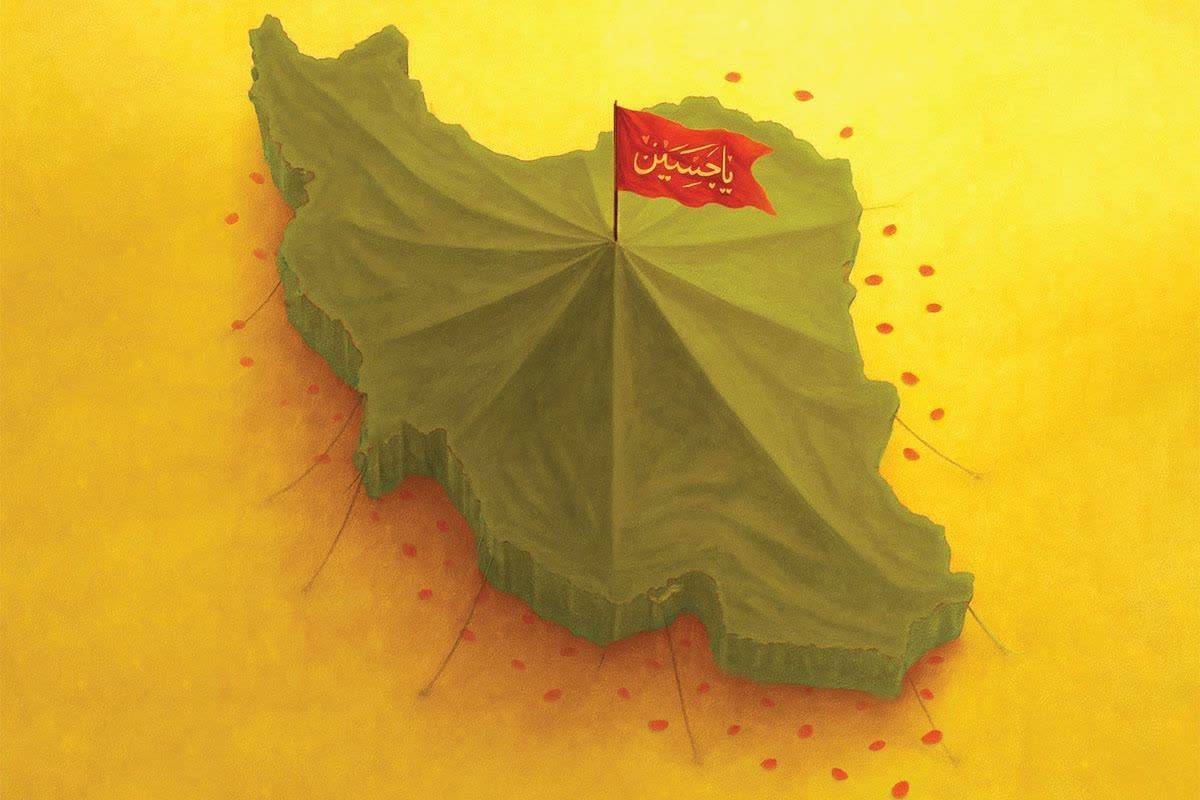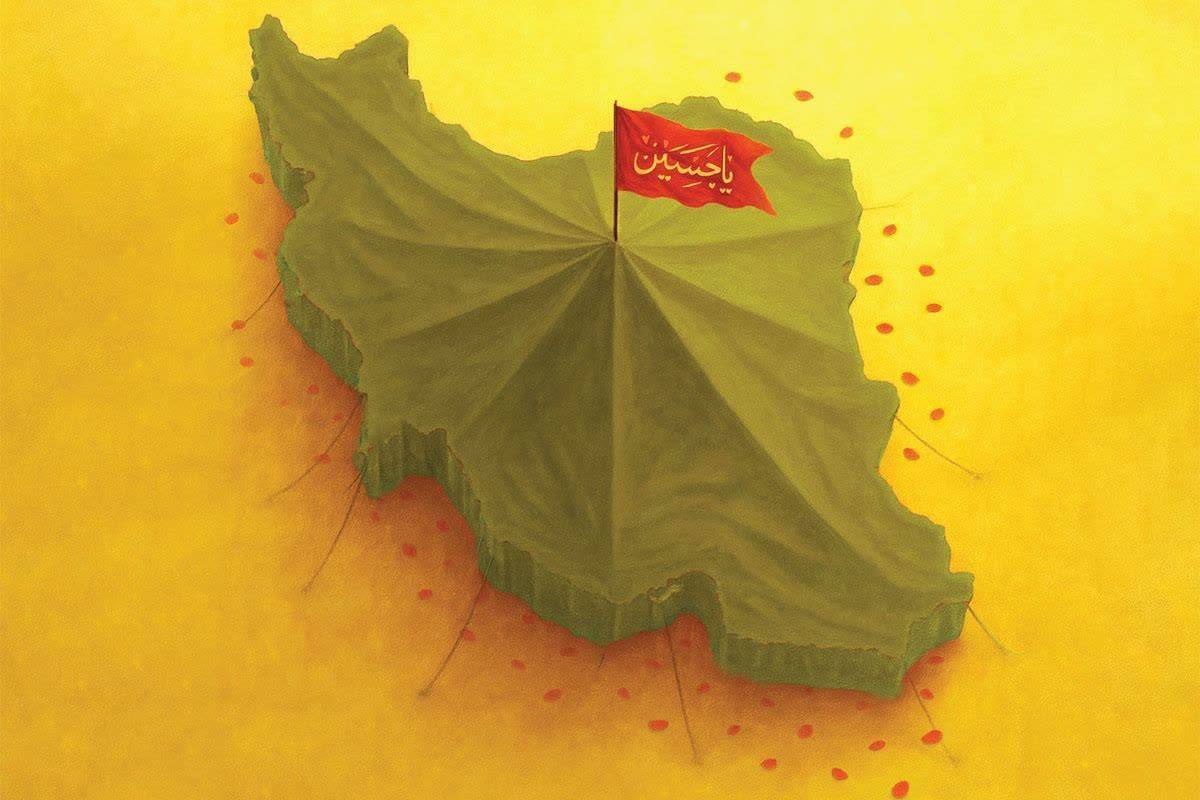A Sapling Has Grown from Heart of Karbala, Becoming A Blessed Tree


This is according to Hojat-ol-Islam Sheikh Mohammad Hadi Maleki, a researcher and international activist based in Iraq’s holy city of Najaf, who, in an article for IQNA, discussed the modern geometry of Islamic power and the central role of Iran and the axis of resistance.
The article is as follows:
From the heart of Karbala, a sapling has grown— and today, through Islamic resistance led by Iran, it has become a blessed tree, paving the way for a new civilization founded on justice and spirituality.
On the brink of a profound transformation, the Islamic world witnesses the rise of a sapling whose seeds were planted in Karbala and are now nourished by the blood of the martyrs of resistance. Iran, as the backbone of this divine movement, has not only challenged global power equations but has also, inspired by the lessons of Ashura, laid the groundwork for a new civilization based on justice and Islamic awakening.
The accelerating developments in the international and regional arenas indicate that we stand on the cusp of a major historical shift—one that marks the Islamic world’s entry into a new phase of awakening and active participation in global power dynamics. What is unfolding in regional nations is not merely a series of crises or scattered reactions but signs of a deep structural transformation rooted in the changing geometry of global power.
Read More:
For decades, the post-World War II international order was designed so that five major powers, wielding veto power in the UN Security Council, monopolized global decision-making. Any actor deviating from this imposed model was labeled a “rogue state”. However, the experience of the Islamic Republic of Iran, from the victory of the Islamic Revolution until now, has proven that this domination-based model can be resisted—and even dismantled—provided that true independence, internalized strength, and reliance on the will of the people are pursued as fundamental principles.
Iran did not merely stand as an independent nation against the global structure of domination; it also presented an alternative strategy—one known as “resistance”. This strategy does not seek hegemony but rather supports the oppressed, secures the dignity of the Islamic Ummah, and prepares the ground for the advent of the Promised Savior. Contrary to Western media propaganda, Iran is not pursuing empire-building but is working to fulfill a promise deeply embedded in Shia belief: the establishment of a global justice-centered society under the leadership of Imam Mahdi (May God hasten his glad advent).
This strategy has transcended Iran and gradually expanded across the geography of the axis of resistance—Iraq, Syria, Lebanon, Yemen, and other parts of the Islamic world have all become links in this strategic chain. Iran’s relationship with these nations is not based on short-term interests but on long-term ideological and historical objectives.
The assassination of senior IRGC commanders and prominent resistance leaders—such as Martyr Sayed Hassan Nasrallah, and commanders in Lebanon, Iraq, and Syria—was a calculated attempt to sever the lifelines of this strategy. However, the response defied the enemies’ expectations: it was strategic, balanced, and meaningful. Slogans like “Ya Mahdi, Adrikna” inscribed on missiles were not mere emotional symbols but reflections of a living worldview, demonstrating that the path of resistance continues to grow, take root, and advance toward its ultimate goals.
This ideology is like the divine parable:
“Have you not considered how Allah presents an example: a good word is like a good tree, whose root is firmly fixed, and its branches reach into the sky?” (Quran, Verse 24 of Surah Ibrahim)
Today, the mighty tree of resistance has its roots deep in the earth and its branches high in the heavens, and divine will ensures the victory of this path.
Read More:
A noteworthy development is the shift in rhetoric among some Western powers. Positions that were once fiercely hostile toward resistance have now softened. Statements like that of the new US representative in Lebanon—“Hezbollah’s weapons are an internal matter”—though not made out of conviction, indicate that the balance of power has shifted, and resistance can no longer be ignored. This change in tone is not born of goodwill but is the result of a powerful presence in regional and international equations, achieved through the bravery and sacrifices of the resistance front.
One of the most visible manifestations of resistance in Iraq is the Popular Mobilization Units (PMU). Despite efforts to reduce it to a mere security entity, this structure embodies the line of Wilayat al-Faqih (Guardianship of the Jurist), the authority of religious leadership, the culture of Ashura, and the ideological bond between the Iraqi people and the Islamic resistance movement. Preserving this institution is not only a security necessity but also an inseparable part of Iraq’s historical identity and future.
Read More:
Given the alignment of today’s regional conditions with the month of Muharram, “Husseini Insight” carries even greater significance. Today, the victories of resistance on the battlefield echo the movement of Ashura—the same spirit that embodies defiance of tyranny, the pursuit of dignity, and loyalty to ideals in the face of arrogant powers. When a resistance missile shakes the Zionist regime, every mother, child, and youth in Iraq, Palestine, or Yemen sees themselves as part of this triumph.
Today, the strategy of resistance is not merely a reaction to Western domination but an emerging alternative order—one founded on the will of nations, unwavering faith, and the centrality of justice. Iran, as the starting point of this historic movement, has managed to challenge global equations and mature a transnational, trans-sectarian, and trans-regional strategy amid crises.
4295736



